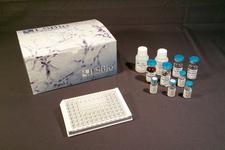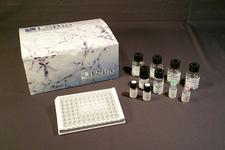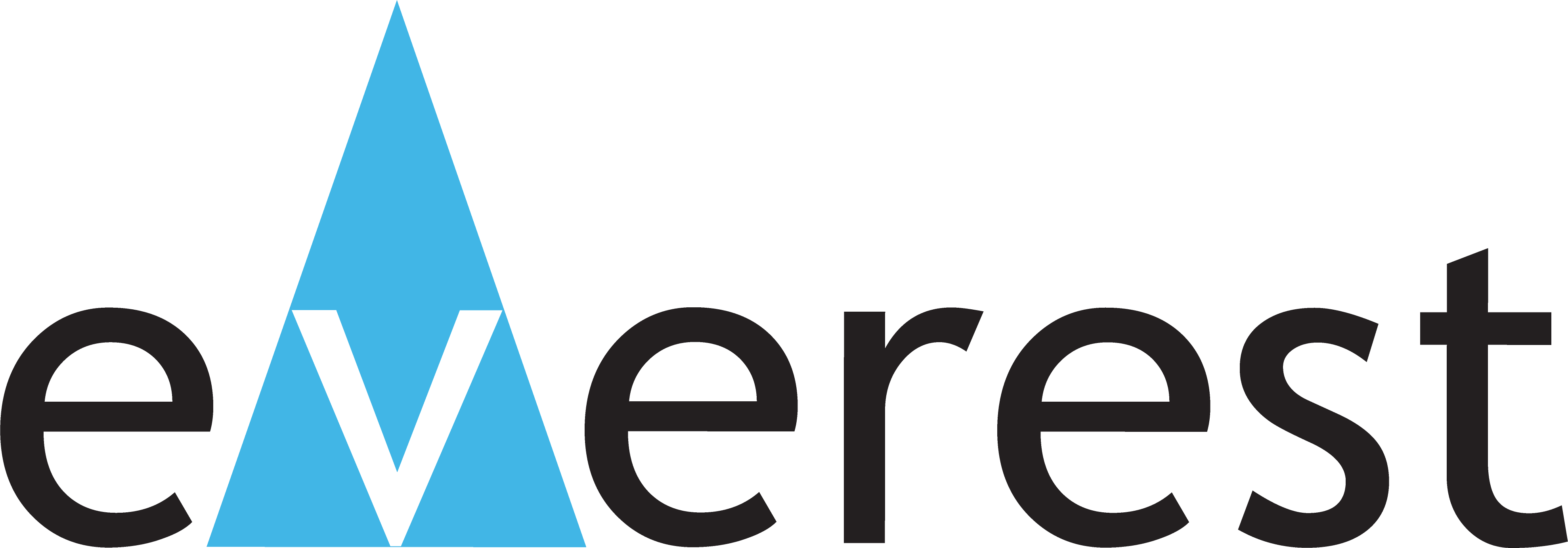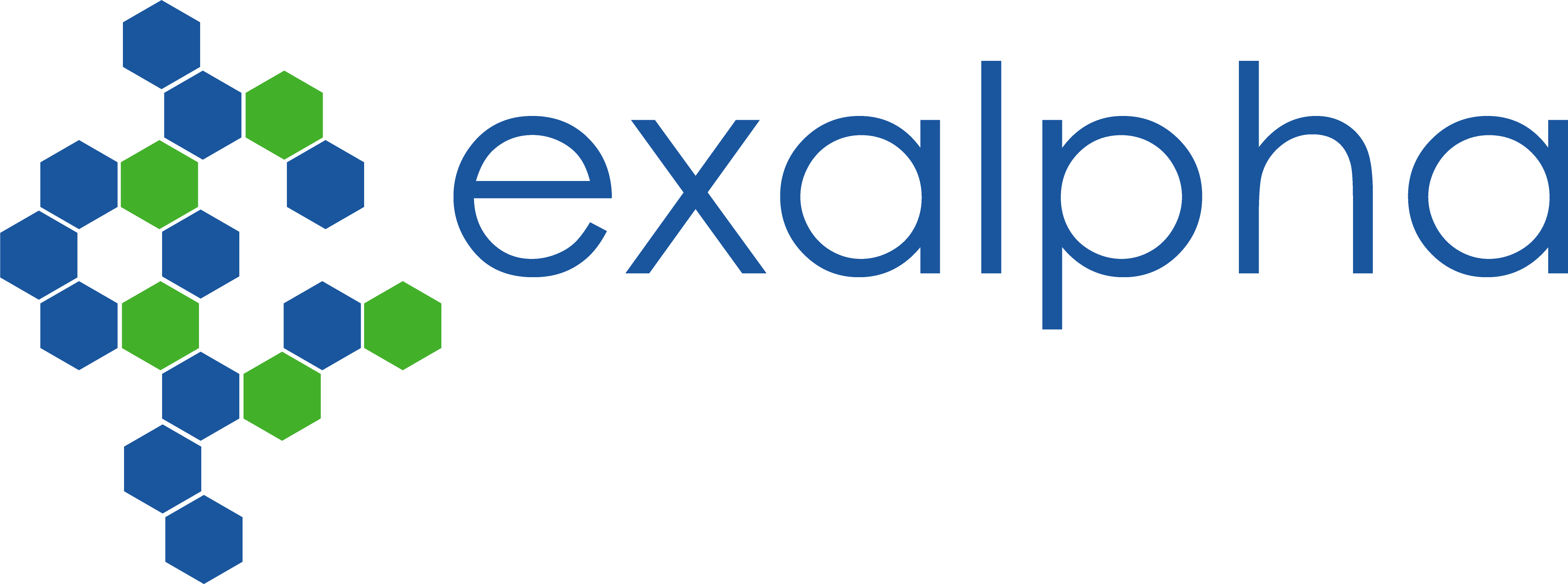order histories, retained contact details for faster checkout, review submissions, and special promotions.
Forgot password?
order histories, retained contact details for faster checkout, review submissions, and special promotions.
Locations
Orders Processing,
Shipping & Receiving,
Warehouse
2 Shaker Rd Suites
B001/B101
Shirley, MA 01464
Production Lab
Floor 6, Suite 620
20700 44th Avenue W
Lynnwood, WA 98036
Telephone Numbers
Tel: +1 (206) 374-1102
Fax: +1 (206) 577-4565
Contact Us
Additional Contact Details
order histories, retained contact details for faster checkout, review submissions, and special promotions.
Forgot password?
order histories, retained contact details for faster checkout, review submissions, and special promotions.
NR5A2 / LRH-1
nuclear receptor subfamily 5, group A, member 2
Alpha1-fetoprotein transcription factor (Ftf), a NR5 fushi tarazu-like receptor, also is known as 'human B1-binding factor' (HB1F), 'CYP7A promoter-binding factor' (CPF), and 'liver receptor homolog 1' (LRH1). Ftf has been shown to affect the transcription of hepatic genes including alpha fetoprotein encoding gene (AFP), viral hepatitis B enhancer II, and 7-alpha-hydroxylase encoding gene (CYP7A1). Ftf has also been shown to affect hepatic cholesterol metabolism and bile acid synthesis. Ftf has been shown to regulate aromatase activities in adipose tissue, and alterations in Ftf expression and/or activity in adipose tissue could have considerable effects on local estrogen production and breast cancer development. LRH has been shown to expressly strongly in gonadal tissues, and may play an important role in the regulation of gonadal function. Three isoforms of Ftf have been identified: wild type (495 aa), CPF variant 1 (contains a 46-aa insertion in the A/B domain), and CPF variant 2 (contains a 172-aa deletion within the D/E domain).
| Gene Name: | nuclear receptor subfamily 5, group A, member 2 |
| Family/Subfamily: | NHR , NR5 Fushi tarazu-like |
| Synonyms: | NR5A2, B1F, B1F2, B1-binding factor, CPF, CYP7A promoter-binding factor, FTZ-F1beta, FTF, Liver receptor homolog 1, LRH1, LRH-1, HB1F, HB1F-2, Nuclear receptor phr-1, FTZ-F1, Liver receptor homolog-1, Nuclear receptor NR5A2, Receptor phr |
| Target Sequences: | NM_003822 NP_003813.1 O00482 |
Publications (1)






If you do not find the reagent or information you require, please contact Customer.Support@LSBio.com to inquire about additional products in development.









